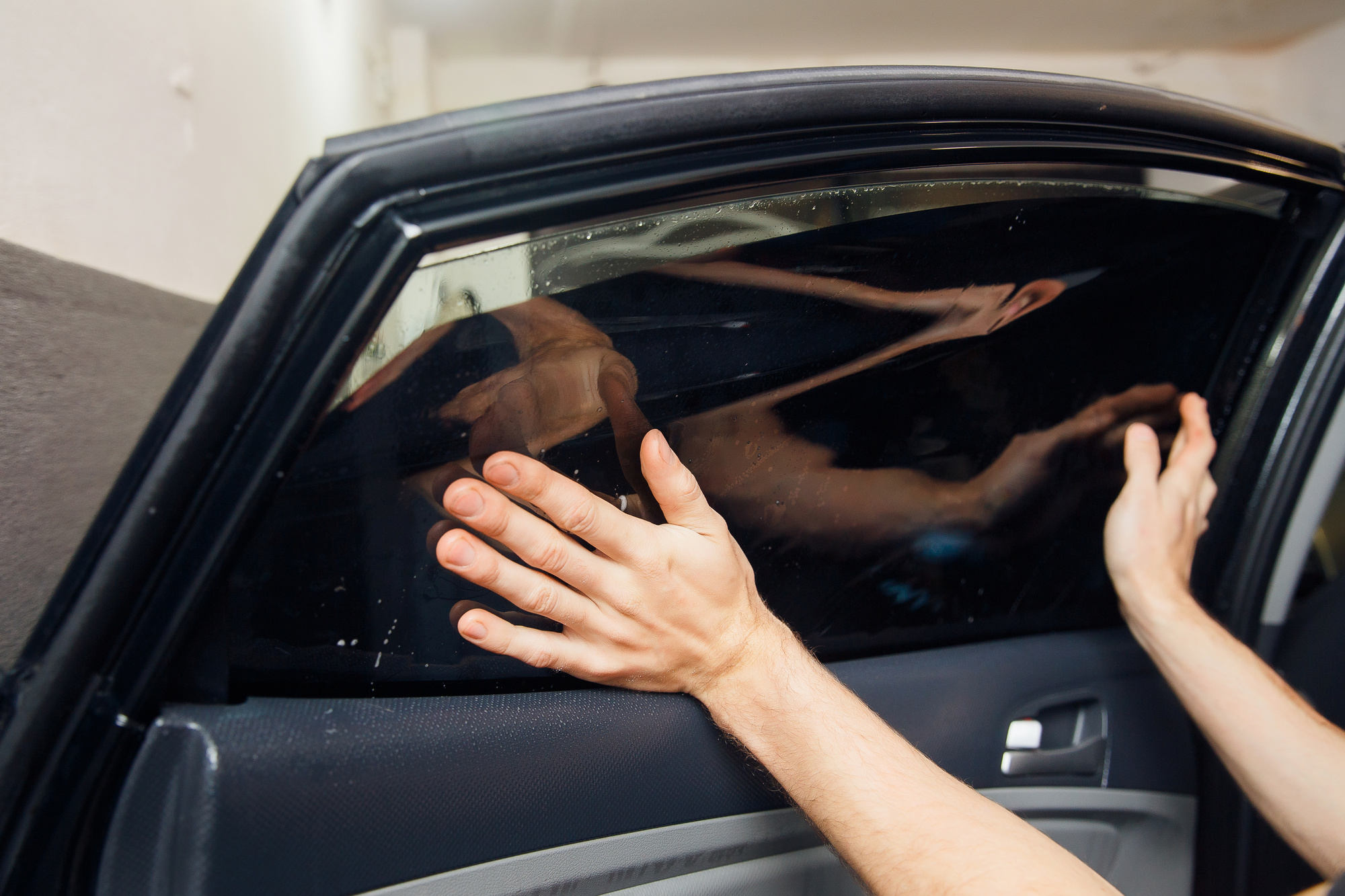
Guide to Australia’s Car Window Tinting Laws
Are you familiar with your state’s car window tinting laws if you’re in Australia and want to get your vehicle’s windows tinted?
Car window tinting is popular among car owners for a variety of reasons. For example, if you want a stylish new look, protect your interior from fading, or reduce the temperature inside the vehicle.
But not every state has the same laws about window tinting, so it’s best to brush up before applying any tint.
Keep reading to learn more about what states allow – and don’t allow – car window tinting.
What Is Window Tinting?
Window tinting refers to the process where a transparent sheet of laminate film is applied to the windows of a vehicle. Next, this transparent film sheet applies to the inside of the car’s windows. Finally, the purpose is to darken the visibility of the windows.
Regarding car tinting, Brisbane, Sydney, and Melbourne are popular cities for this trend.
Are Tinted Windows Illegal?
In Australia, the short answer is no; tinted windows are not illegal. However, there are caveats:
- The window tinting rules differ by state
- The window tinting percentage varies by window
There are two numbers to focus on when deciding on your window tint. The first number is visible light transmission (VLT) which refers to the amount of light that can pass through the tint. The higher the number, the lighter the ting will be.
The following number is typically the same no matter where in Australia you are. This number is reflectivity, which is set at 10% for safety reasons.
Tinting Laws by State and Territory
Depending on where you live, Australian regulations will vary. If you don’t follow these rules, you risk receiving a penalty. You also risk invalidating your insurance if you exceed the legal tint limit, as it’s considered an unauthorised modification.
Windscreen regulations dictate that they may only be tinted at the top 10%, and the tint must be out of the reach of the windscreen wiper arc. The function of this tint is to assist with sun glare.
The maximum tint on the entire windscreen is between 70-75% VLT, depending on the state. Below is a brief overview of the primary regulations, like the darkest legal tint, of car window tinting for Australia.
Australian Capital Territory
- Front Side Windows (VLT%): 35%
- Rear Side Windows (VLT%): 35%
- Rear Window (VLT%): 35%
- Reflectivity Limitations: 10%
New South Wales
- Front Side Windows (VLT): 35%
- Rear Side Windows (VLT%): 35%
- Rear Window (VLT%): 35%
- Reflectivity Limitations: Not Allowed
Northern Territory
- Front Side Windows (VLT): 35%
- Rear Side Windows (VLT%): 15%
- Rear Window (VLT%): 15%
- Reflectivity Limitations: 10%
Queensland
- Front Side Windows (VLT): 35%
- Rear Side Windows (VLT%): 20%
- Rear Window (VLT%): 35%
- Reflectivity Limitations: 10%
South Australia
- Front Side Windows (VLT): 35%
- Rear Side Windows (VLT%): 35%
- Rear Window (VLT%): 35%
- Reflectivity Limitations: 10%
Tasmania
- Front Side Windows (VLT): 35%
- Rear Side Windows (VLT%): 35%
- Rear Window (VLT%): 35%
- Reflectivity Limitations: 10%
Victoria
- Front Side Windows (VLT): 35%
- Rear Side Windows (VLT%): 35%
- Rear Window (VLT%): 35%
- Reflectivity Limitations: 10%
Western Australia
- Front Side Windows (VLT): 35%
- Rear Side Windows (VLT%): 20%
- Rear Window (VLT%): 20%
- Reflectivity Limitations: 10%
Stay Up-To-Date on Your States Car Window Tinting Laws
Tinting your car can give it a unique look and a certain aesthetic and can also help with glare and sun damage. So, now that you know the car window tinting laws for each state and territory, you’re safe to get your vehicle’s windows tinted without risking a fine or invalidating your insurance.
If you’ve enjoyed this article, we encourage you to find more like it in our Article category.
